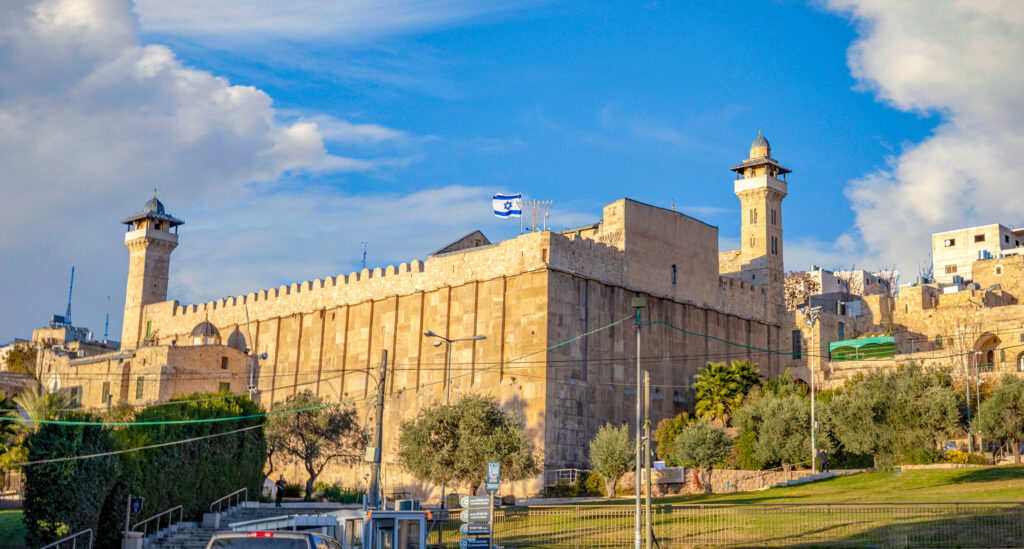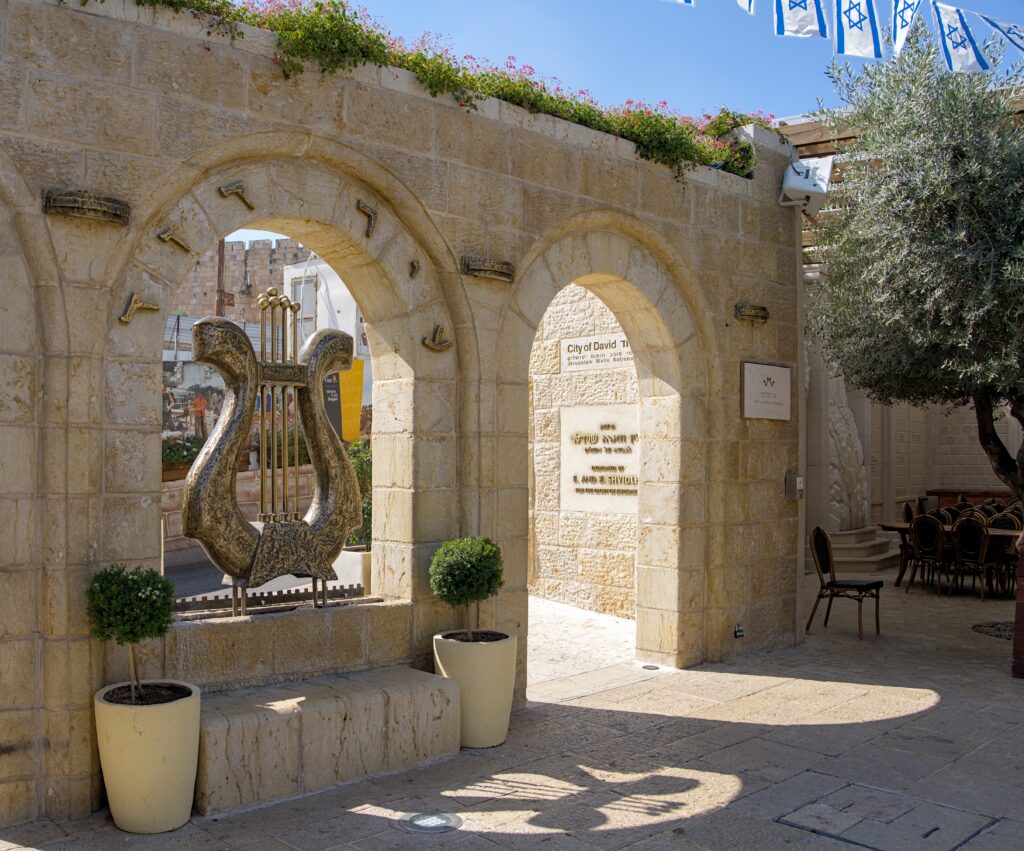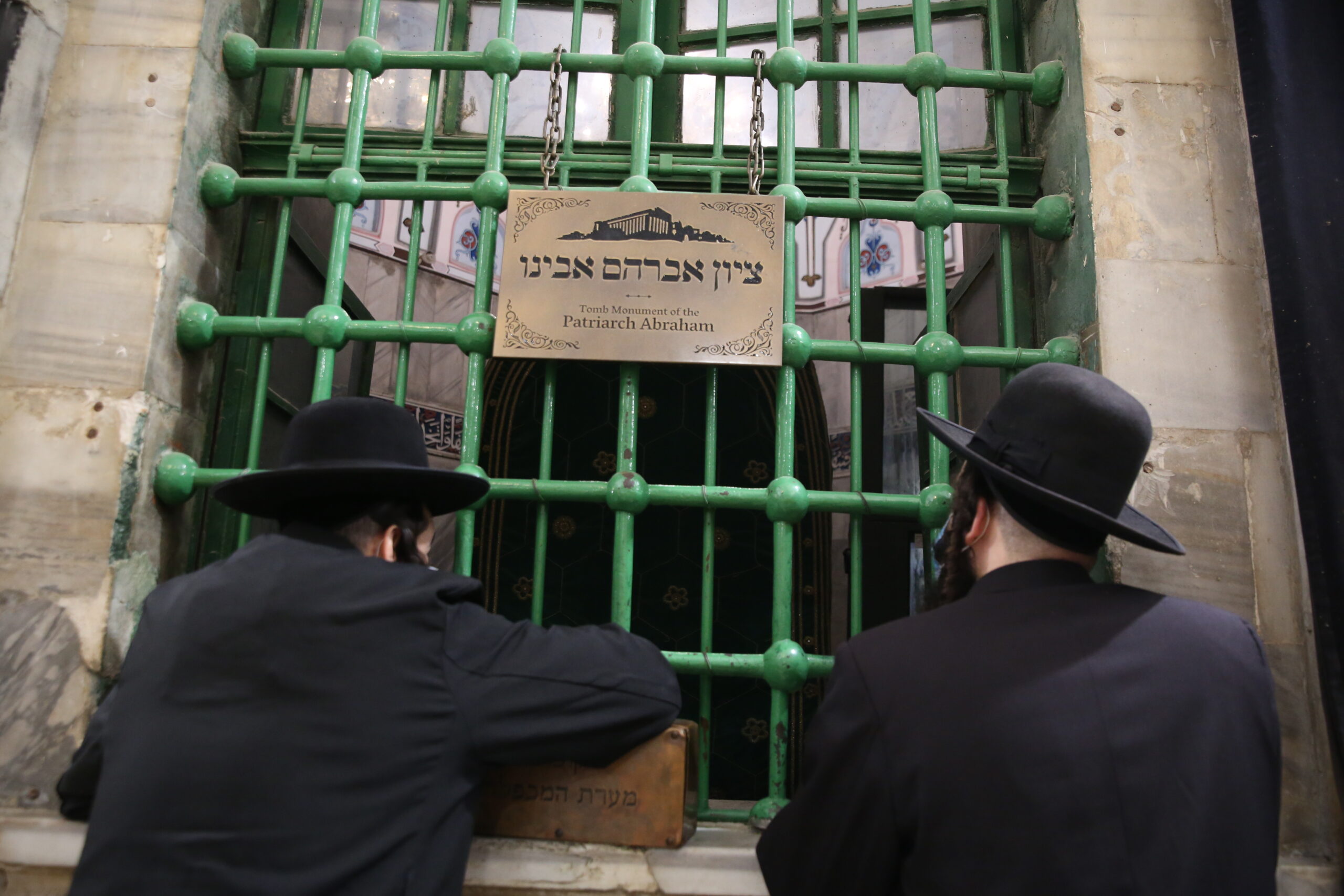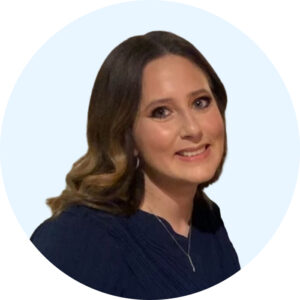Let me paint you a picture of day five of your Israel trip. You’re standing at the entrance to the Cave of the Patriarchs in Hebron, ancient stones weathered by millennia but still solid beneath your feet. This is where it all began. Where Abraham, the father of faith, made his first real estate transaction in the Promised Land.
When Sarah died, Abraham had been promised this land seven times by God himself, yet he didn’t own a single square foot. So what did he do? He bought it. He negotiated with Ephron the Hittite for a burial cave and the field surrounding it. Four hundred silver shekels. The first Jewish purchase of land in what would become Israel.
As Rabbi Jonathan Sacks beautifully put it, “God promises, but we have to act.” Abraham couldn’t just wait for the promise to fulfill itself. He had to take that first step, make that first purchase, establish that first foothold in the land that would belong to his descendants.
The Cave That Changed Everything
Walking into the Cave of the Patriarchs (Maarat HaMachpela) feels like stepping into the foundation of monotheism itself. This isn’t just a tourist site. It’s the family tomb of Abraham and Sarah, Isaac and Rebecca, Jacob and Leah. The patriarchs and matriarchs who shaped the faith of billions are buried here, in Hebron, in the heart of Judea.
The cave sits beneath a massive stone structure built by Herod the Great over 2,000 years ago. Those enormous stones have witnessed Roman legions, Crusader knights, Ottoman governors, and British mandates. Yet through it all, this remained what it always was: the resting place of the fathers and mothers of the Jewish people.
Standing there, you realize that Abraham’s purchase wasn’t just about buying a burial plot. It was about making a statement that echoes through the centuries: This is our land. Not because we conquered it, but because we bought it, legally and fairly. The deed, recorded in the Bible for all to see, makes this the most documented real estate transaction in human history.

(Source: Shutterstock)
Where David Ruled His First Kingdom
Hebron’s significance doesn’t end with the patriarchs. This ancient city was also King David’s first capital, where he ruled for seven years before moving to Jerusalem. Walking through the old city, you’re tracing the steps of the shepherd boy who became Israel’s greatest king.
Today’s Jewish community in Hebron carries on this legacy with remarkable dedication. Meeting with local families, you hear stories that bridge the ancient and modern. These aren’t political statements but personal testimonies of people who have chosen to live where their ancestors lived, to continue a story that began 4,000 years ago.
The Unexpected Connections
There’s something magical about how interconnected everything is in this land. Just last week, I discovered that my barber is the niece of Ari Fuld, the American-Israeli who was murdered in a terrorist attack in Gush Etzion in 2018. These aren’t just news stories. They’re family stories, personal connections that make the modern struggle for this land intensely real.
When you plant a tree in his memory, as our tour will do if time permits, you’re not just honoring a fallen hero. You’re participating in the ongoing story of a people returning to their ancestral home.
Gush Etzion: Where Dreams Take Root
The drive through Gush Etzion reveals landscapes that would make any photographer weep with joy. Rolling hills dotted with olive groves, vineyards climbing ancient terraces, and communities that seem to grow organically from the limestone beneath them. This is the Israel that tourists rarely see, the heartland where the establishment of the modern state wasn’t just a political decision but a homecoming.
The communities here tell the story of the State of Israel from the perspective of the people who built it. Not politicians or generals, but farmers and teachers who looked at barren hills and saw the fulfillment of ancient promises. Walking through these communities, you understand that this isn’t about politics. It’s about people who refused to let their story end, who chose to rebuild rather than retreat.
When Night Falls: The Hallelujah Experience
As darkness settles over Jerusalem, the City of David transforms into something otherworldly. The Hallelujah light and sound show isn’t just entertainment. It’s a sensory journey through 3,000 years of Jewish history in their eternal capital. Fire dances across ancient stones, water cascades through archaeological sites, and the voices of prophets and kings seem to echo from every corner.

This is where David established his capital after ruling from Hebron. This is where Solomon built the Temple. The light show doesn’t just tell the story; it makes you feel it in your bones.
The Living Connection
What makes this journey through Judea so powerful isn’t just the historical significance. It’s the living connection between past and present. When you meet with Israeli rabbis for teachings at the Yeshiva for the Nations, you’re learning from people who live where these stories unfolded, who wake up every morning in the land their ancestors dreamed of returning to.
As you walk through Hebron, plant trees in Gush Etzion, and experience the magic of the Hallelujah show, you’re not just seeing sites. You’re becoming part of the story. You’re walking where Abraham walked, buying your own small piece of the promise he started with four hundred silver shekels.
The land that God promised, that Abraham bought, that David ruled, is alive and thriving today. The story continues, and you have the chance to be part of it.





